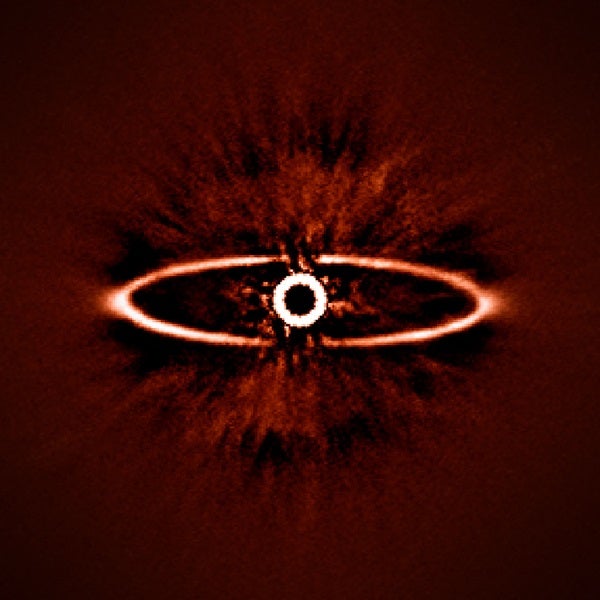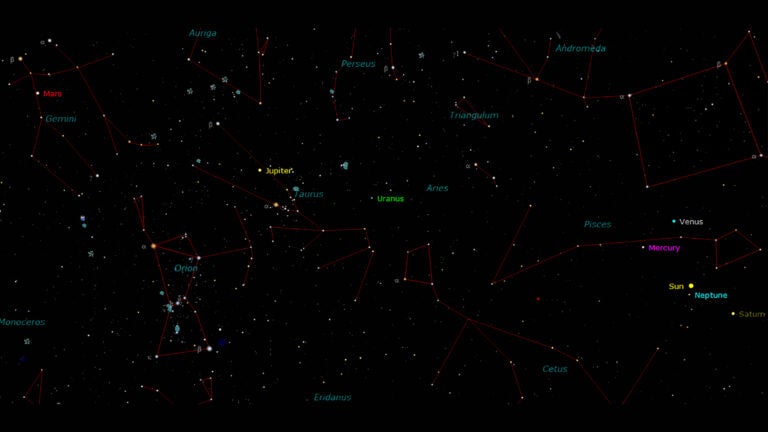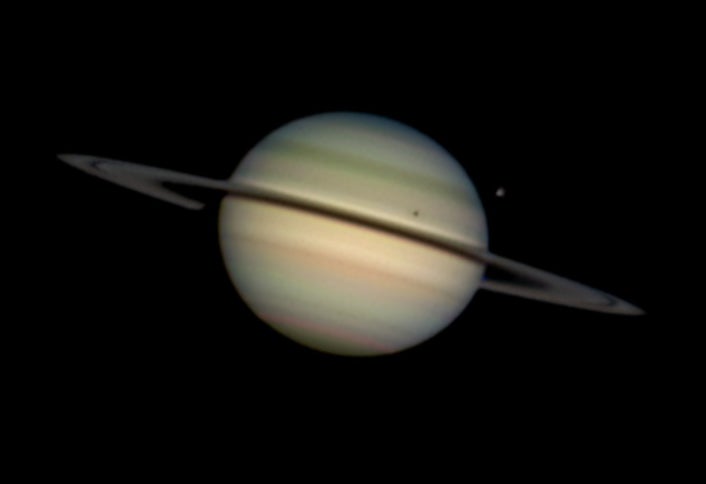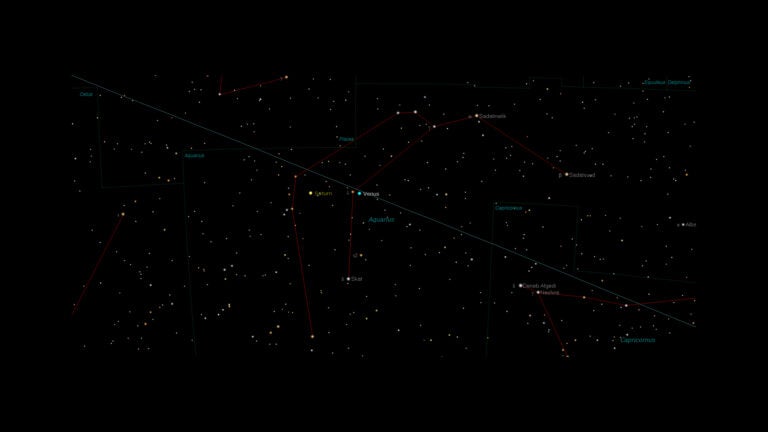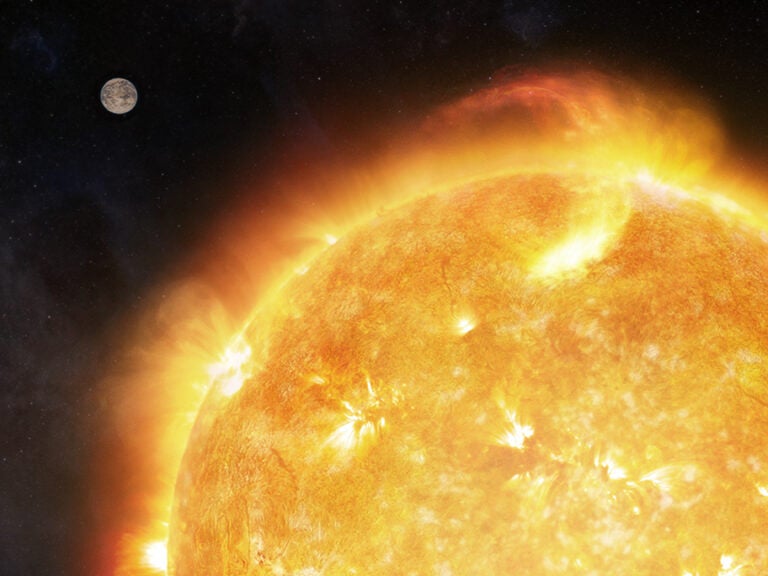The Spectro-Polarimetric High-contrast Exoplanet REsearch instrument (SPHERE) has been installed on the European Southern Observatory’s (ESO) Very Large Telescope (VLT) at the Paranal Observatory in Chile and has achieved first light. This powerful new facility for finding and studying exoplanets uses multiple advanced techniques in combination. It offers dramatically better performance than existing instruments and has produced impressive views of dust disks around nearby stars and other targets during the very first days of observations. SPHERE was developed and built by a consortium of many European institutes, led by the Institut de Planétologie et d’Astrophysique de Grenoble, France, working in partnership with ESO. It is expected to revolutionize the detailed study of exoplanets and circumstellar disks.
SPHERE passed its acceptance tests in Europe in December 2013 and was then shipped to Paranal. The delicate reassembly was completed in May 2014, and the instrument is now mounted on VLT Unit Telescope 3. SPHERE is the latest of the second generation of instruments for the VLT.
SPHERE combines several advanced techniques to give the highest contrast ever reached for direct planetary imaging — far beyond what could be achieved with NACO, which took the first ever direct image of an exoplanet. To reach its impressive performance, SPHERE required early development of novel technologies, in particular in the area of adaptive optics, special detectors, and coronagraph components.
“SPHERE is a very complex instrument,” says Jean-Luc Beuzit of the Institut de Planétologie et d’Astrophysique de Grenoble, France, and pincipal investigator of SPHERE. “Thanks to the hard work of the many people who were involved in its design, construction, and installation, it has already exceeded our expectations. Wonderful!”
SPHERE’s main goal is to find and characterize giant exoplanets orbiting nearby stars by direct imaging. This is an extremely challenging task as such planets are both very close to their parent stars in the sky and also very much fainter. In a normal image, even in the best conditions, the light from the star totally swamps the weak glow from the planet. The whole design of SPHERE is therefore focused on reaching the highest contrast possible in a tiny patch of sky around the dazzling star.
The first of three novel techniques exploited by SPHERE is extreme adaptive optics to correct for the effects of Earth’s atmosphere so that images are sharper and the contrast of the exoplanet increased. Secondly, a coronagraph is used to block out the light from the star and increase the contrast still further. Finally, a technique called differential imaging is applied that exploits differences between planetary and stellar light in terms of its color or polarisation — and these subtle differences can also be exploited to reveal a currently invisible exoplanet.
During the first light observations, several test targets were observed using the many different modes of SPHERE. These include one of the best images so far of the ring of dust around the nearby star HR 4796A. It not only shows the ring with exceptional clarity but also illustrates how well SPHERE can suppress the glare of the bright star at the centre of the picture.
Following further extensive tests and science verification observations SPHERE will be made available to the astronomical community later in 2014.
“This is just the beginning. SPHERE is a uniquely powerful tool and will doubtless reveal many exciting surprises in the years to come,” concludes Jean-Luc Beuzit.

